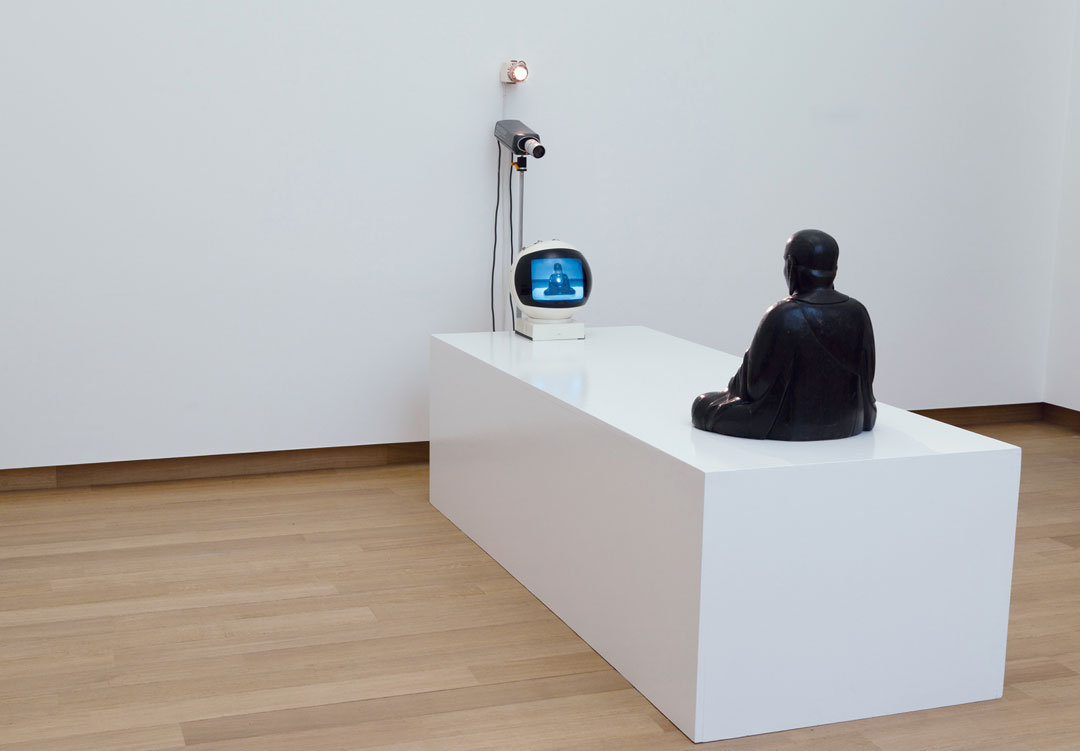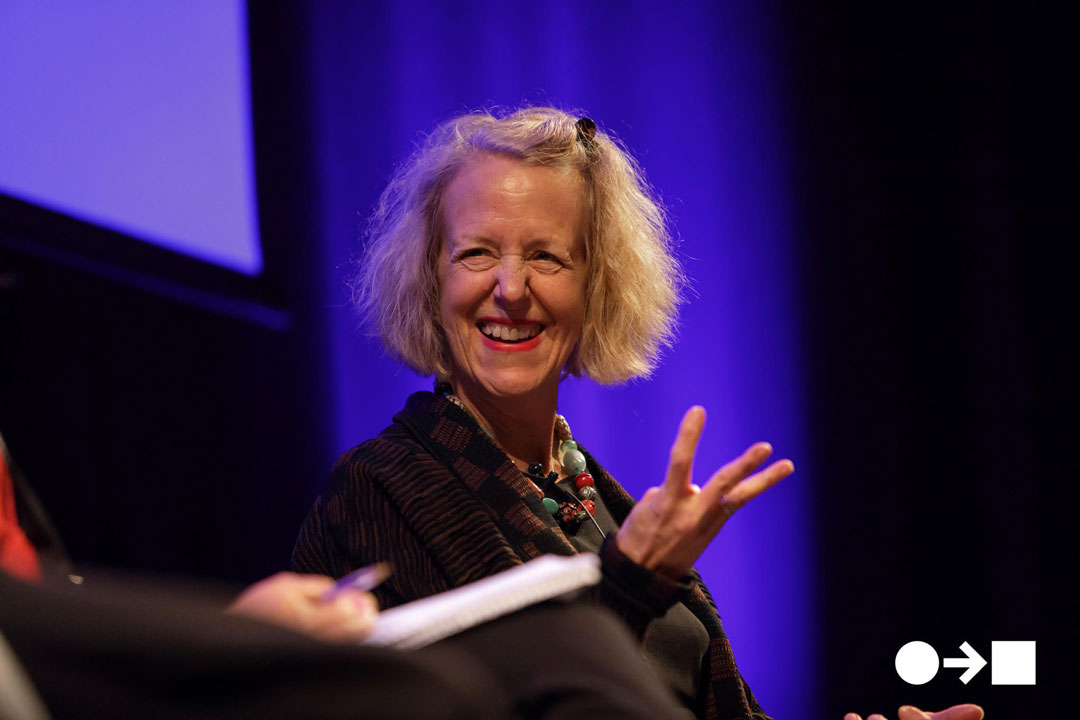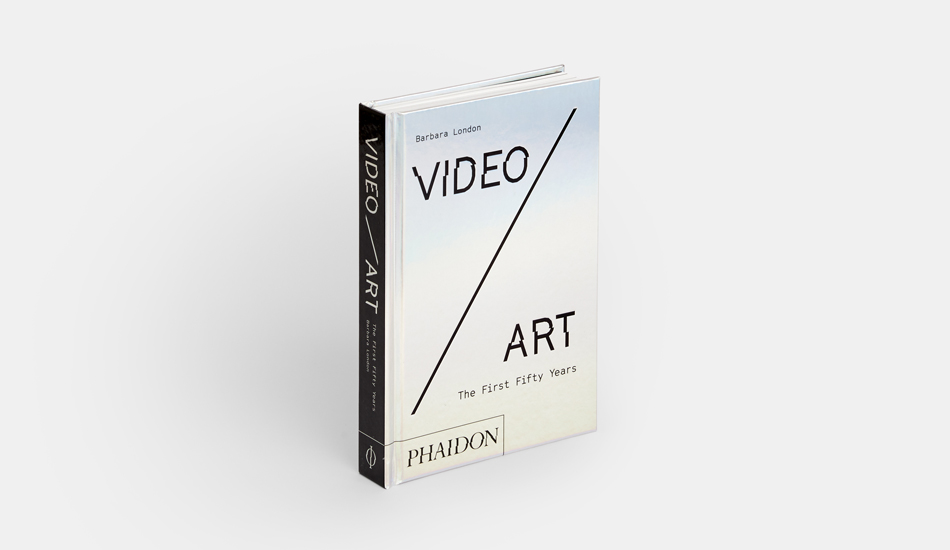
Rubber boots, electric shocks and Zen Buddhism – this is what a 1970s visit to Nam June Paik’s studio was like
Barbara London recalls the pioneering video artist’s chaotic working environment and sharply focussed ambitions
Over the course of her half-century career, Barbara London, the founding curator of MoMA’s video art programme, discovered many promising artists who went on to become huge stars. On some occasions they came to her, in other instances she’s tracked talent down, though when it came to one of the best-known video artists of the 20th century, she simply picked up on a lead from another pioneer.
“Starting in the mid-1970s, I made a point of regularly dropping by Paik’s studio,” writes London in her book Video/Art: The First Fifty Years. “I followed in the footsteps of a long procession of interested visitors, including the ever-curious seeker of the new Andy Warhol.

“I would crawl over and through a maze of electrical wires, tubes, and old circuitry to find Paik often standing in rubber boots, so as not to be electrocuted,” she recalls. “At the center of his labyrinth, he deftly applied magnets and degaussing coils— devices used to correct normally occurring magnetic color distortion—to get his own chance distortions on television screens. Pointing his video camera at the screen, he experimented with the repetitive patterning of live feedback. Many of his early discoveries occurred spontaneously, the unexpected results of everyday materials such as Scotch tape that he used to bundle cables or make edits of joined splices of videotape, back when editing was next to impossible.”
The setting might have been disordered, but Paik’s ambitions were pin sharp. London quotes Paik as writing, back in 1969, that he wanted to “to shape the TV screen canvas as precisely as Leonardo, as freely as Picasso, as colorfully as Renoir, as profoundly as Mondrian, as violently as Pollock and as lyrically as Jasper Johns.”
In London’s view, he certainly achieved something close to this, pioneering, hugely ambitious works, within a new medium that the artist committed to wholeheartedly.
“Video is not one more chic fad in Manhattan but is here to stay,” London quotes Paik as asserting. “Like pen and paper and canvas… The camera makes everyone an artist.”
Despite this ease of access, few other artist approached video with the same scale and ambition as Paik. In 1966, the Korean-born artist, a life-long Buddhist, described how he wanted to create a seven-channel video signal mixer whose “electro-magnetic vibration of [the] head might lead [the] way to electronic Zen.”
He may not have achieved reached a meditative state via the cathode-ray tube, but Paik did create many, many revelatory artistic breakthroughs.
London singles out Global Groove, a single-channel artwork created in 1973 in which Paik “interwove serious thoughts with his upbeat editing style that became standard television vernacular,” London writes.
“He drew on a range of entertaining content. A young couple tap-dances to Mitch Ryder & the Detroit Wheels’ Devil with a Blue Dress On; John Cage and Allen Ginsberg recite; a traditional Korean musician drums while a Navajo singer chants; smiling children play on the beach and drink Pepsi-Cola to a Japanese advertising ditty. Paik concludes on a sensual note as he instructs viewers to close their eyes, then half-open them as a campy topless fan dancer gyrates.
“Global Groove exemplified Paik’s rapid-fire editing style, which he had developed knowing he had one split second to grab channel-changing viewers’ attention once they landed on PBS’s transmission. His quick cuts and collage methods captured viewers and radicalized the old-timer union engineers he pushed to loosen up and stray from their standard broadcast production methods.”

And it wasn’t just the old TV employees that Paik influenced. Via magnets and coil, and later, via the most advanced editing and video manipulation equipment – Paik and his technician collaborator Shuya Abe built and refined a video synthesizer, “a device that enabled them to generate a variety of visual effects without camera input through the use of internal video pattern generators” – the artist pushed video art to its very limits, influencing both subsequent practitioners and mainstream broadcasters.
"What this determined yet playful visionary philosopher-artist managed to achieve in his lifetime is breathtaking. We are fortunate that he made video an appealing and accessible art form,” London concludes, “of the here and now, and part of posterity.”
To find out more about how Paik’s pioneering work fits into the development of video art order a copy of Video/Art: The First Fifty Years here.